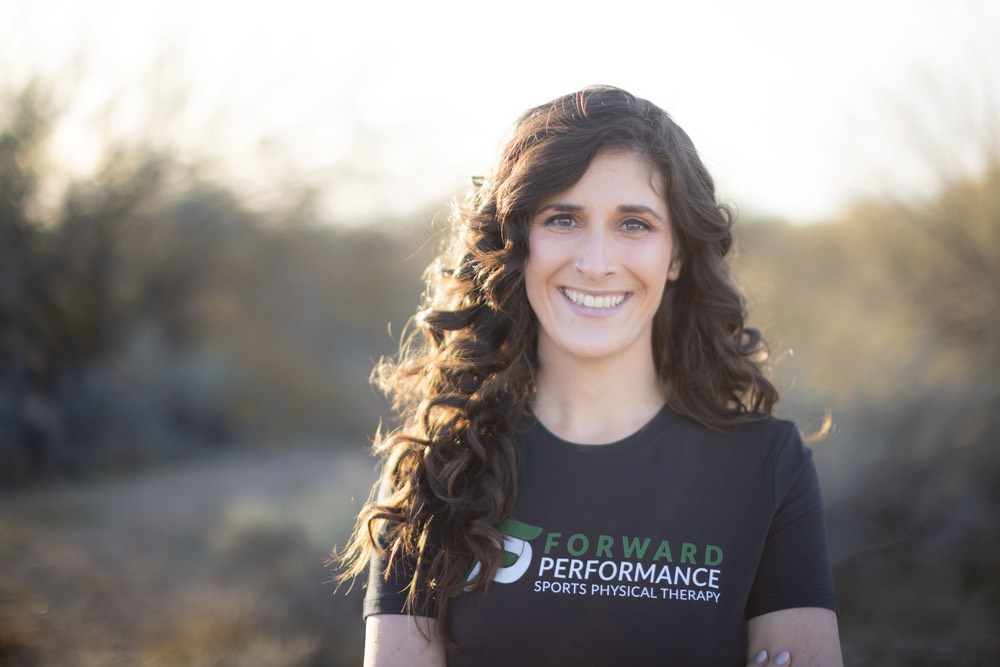The iliotibial band, commonly known as the ITband, is a long non-contractile fibrous piece of fascia that runs down the outside of your hip, down your thigh, to the outside of your knee. Think of it as hundreds of layers of saran wrap that are laid on top of each other; it’s flexible and pliable to allow dynamic movement but not easily stretched or torn. The primary functions of the ITB are to help lift the leg forward and to the side, as well as stabilize the knee during flexion and extension. The ITB is called into action most during repetitive motions such as running, walking, cycling, or activities on uneven surfaces like hiking.
When the ITB gets irritated it most commonly presents as a sharp or catching pain on the outside of the knee when the knee is bent and goes into an extended position. It can also present as lateral hip pain as well. This is probably one of the most common reasons that brings my runners into the clinic. I proceed to ask what have you been doing for it, and it’s almost always ‘I saw on (insert social media/google search) to stretch it and to foam roll it as much as possible’. My follow up to that is and ‘how has that been working for you?’. I always hear ‘not sure if the stretching helps at all, and the foam rolling hurts like hell! But I think it helps temporarily’. Except, now they have been doing it for multiple weeks or months and their symptoms are getting progressively worse, severely restricting their activity.
There is a reason why it isn’t working. You can’t stretch a ‘non-contractile’ piece of connective tissue. For example, a muscle like your hamstrings are contractile tissue meaning the muscle fibers can actively shorten therefore would respond to lengthening like stretching. So then what causes that ‘tightness’ along the outside of your thigh? In my experience it’s almost always due to faulty running mechanics, and what I jokingly call ‘runner’s butt’. Or I should call it a lack of butt. Following the performance of a gait analysis the runner almost always demonstrates that with foot impact during single leg stance trendelenburg (hip drop) occurs immediately followed by dynamic valgus at the knee (knee caving inward past big toe). This puts the most amount of tension on the ITB as it gets pulled repeatedly in opposite directions with each passing step. Add in possible uneven surfaces that the ankle is unable to stabilize and you have a recipe for disaster.
So how do I make this go away? Booty blasting is your new best friend! Honestly, you can’t do it enough. Strengthening your gluteus maximus, gluteus medius, and your superficial/deep hip external rotators will get you the long term relief and fix the root cause of your ITB pain. That’s because these muscles help prevent your hip from dropping and the knee collapsing inward therefore putting less tension forces on your ITB. Some exercises that can be utilized are lateral band walks, monster walks, wallsquats with band loop above knees, clamshells and sidelying hip abduction.
Are you suffering from a similar situation and what you’ve tried just isn’t working? Come for an initial evaluation at Forward Performance Sports Physical Therapy and have a treadmill gait analysis performed. We will get to the root of the dysfunctional movement and get you back to pounding pavement in no time!

